Selecting a resume template can be difficult. Always consider these things when choosing a a template:
- The template should be easy to manipulate. Your resume should grow with you, and you should never be confined by your template.
- The template should maximize how much text can be displayed while still being aesthetically pleasing.
- The template should have white space strategically so that it draws your reader to your most relevant experience.
- The template should have a logical system that organizes your experience and the tasks you’ve completed. It should never violate the organizational pattern it establishes. The fonts, colors, and placements should be consistent.
- The template should be memorable, but the design should not be the focal point. Your relevant experience should be the focal point, and successful templates underscore your accomplishments but do not overshadow them.
- The template should guide you through the resume writing process by providing examples and categories.
- Ideally, the template should come with a matching cover letter or it should be easily to create a cover letter that matches.
MS Word provides dozens of resume templates with matching cover letters. Sites like Canva, do, too, but they sometimes cost money. Some are also available through Google Docs that users created, and they can be copied and modified. Check out the resources below to explore potential templates.
Here is a great template for an academic resume

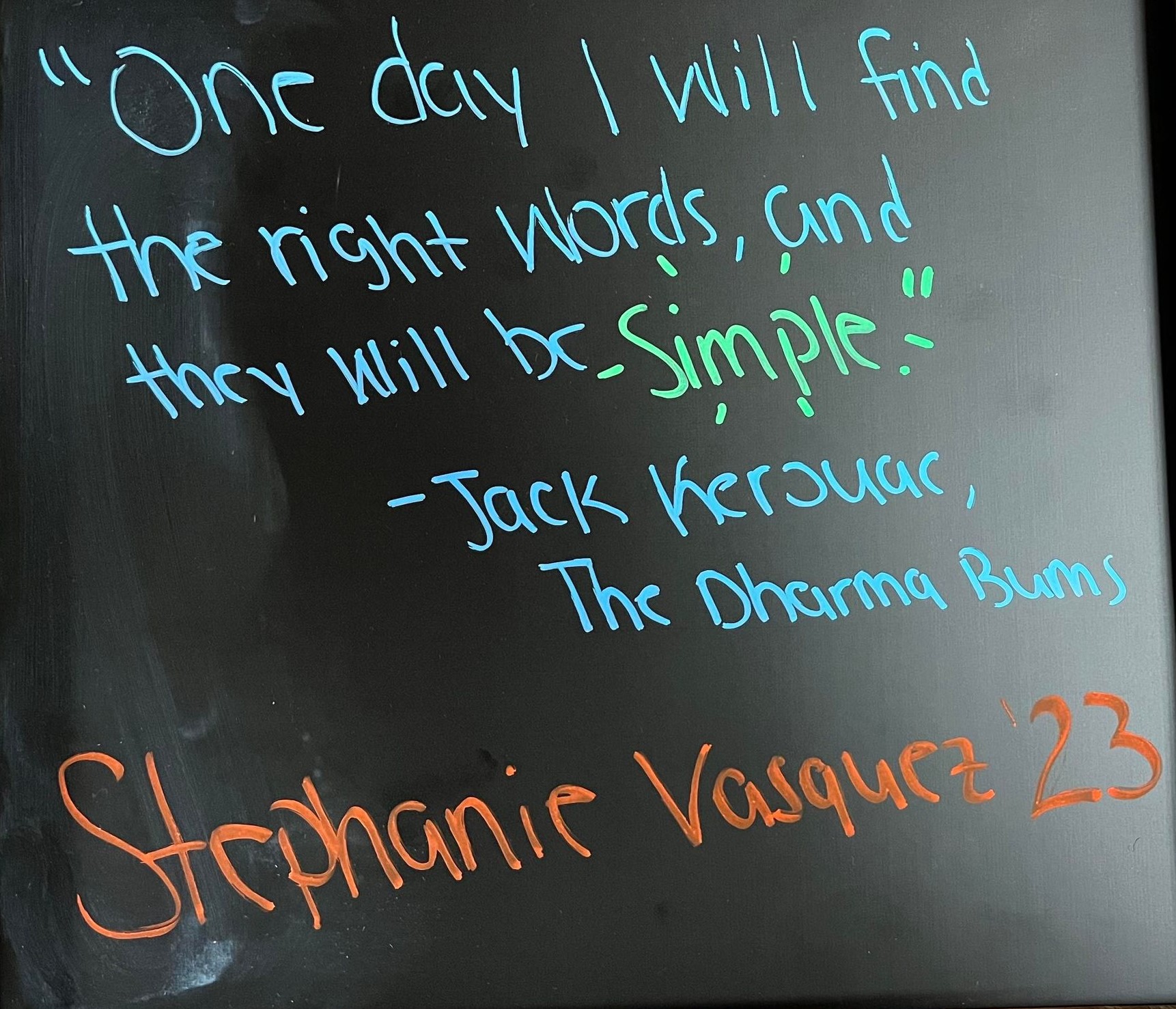
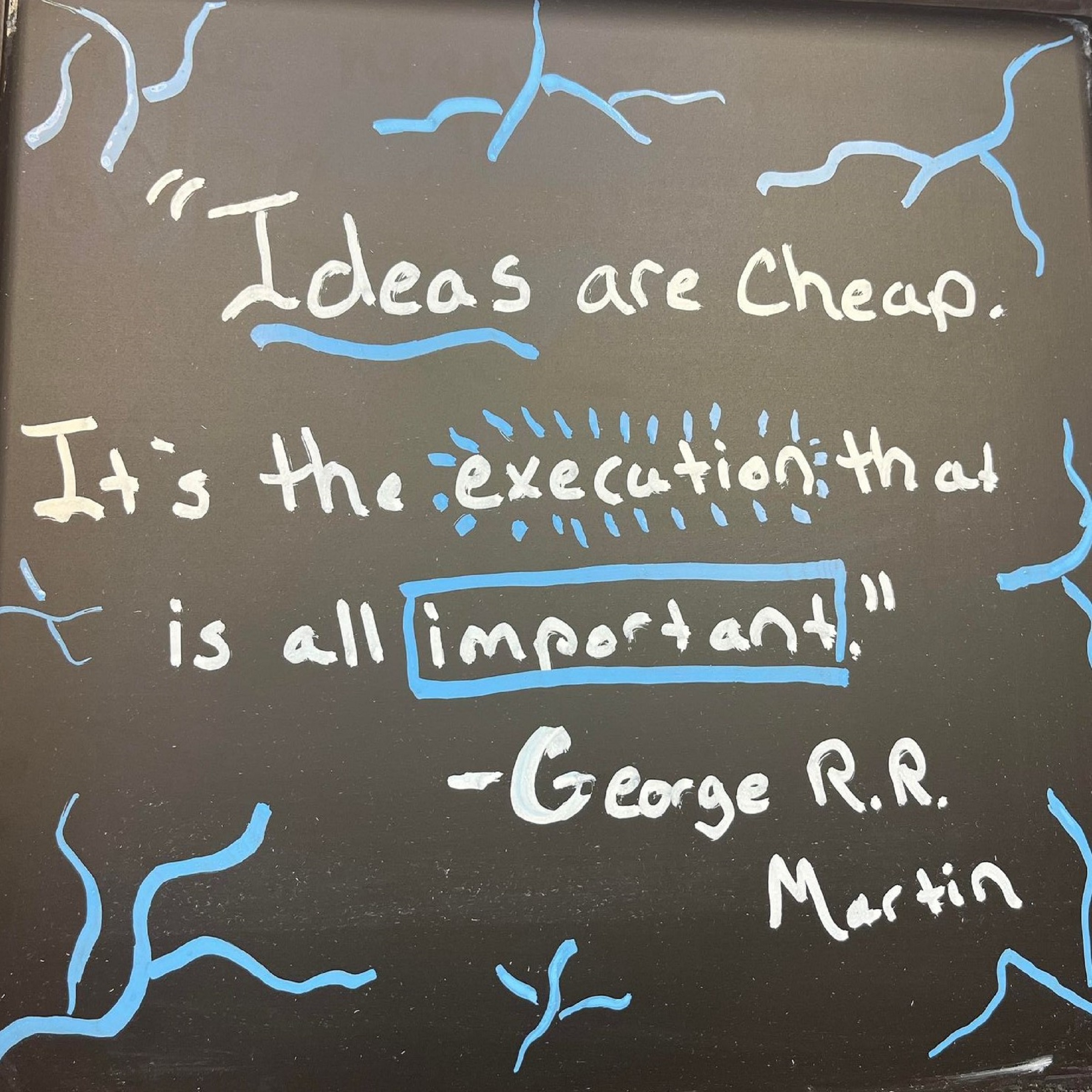
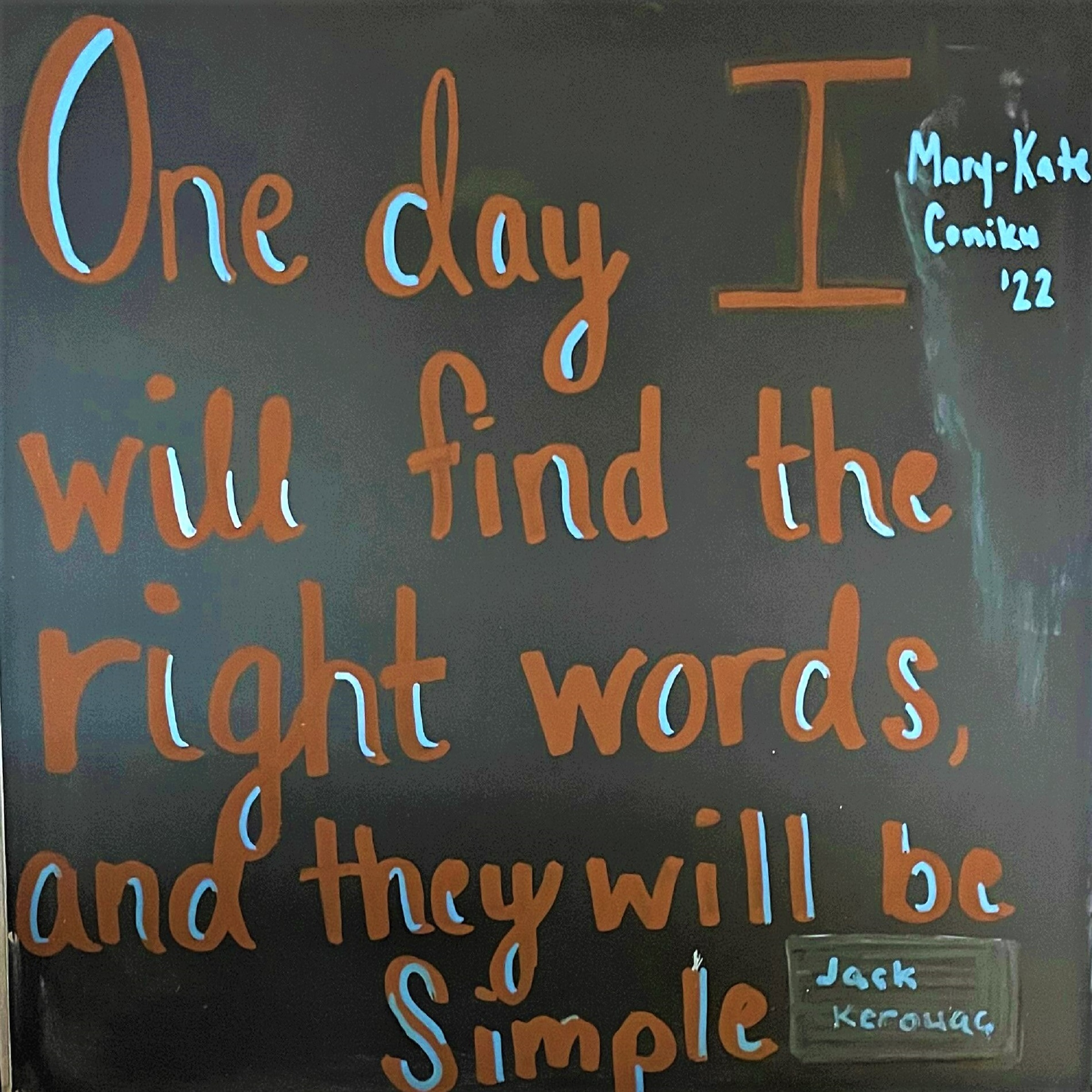


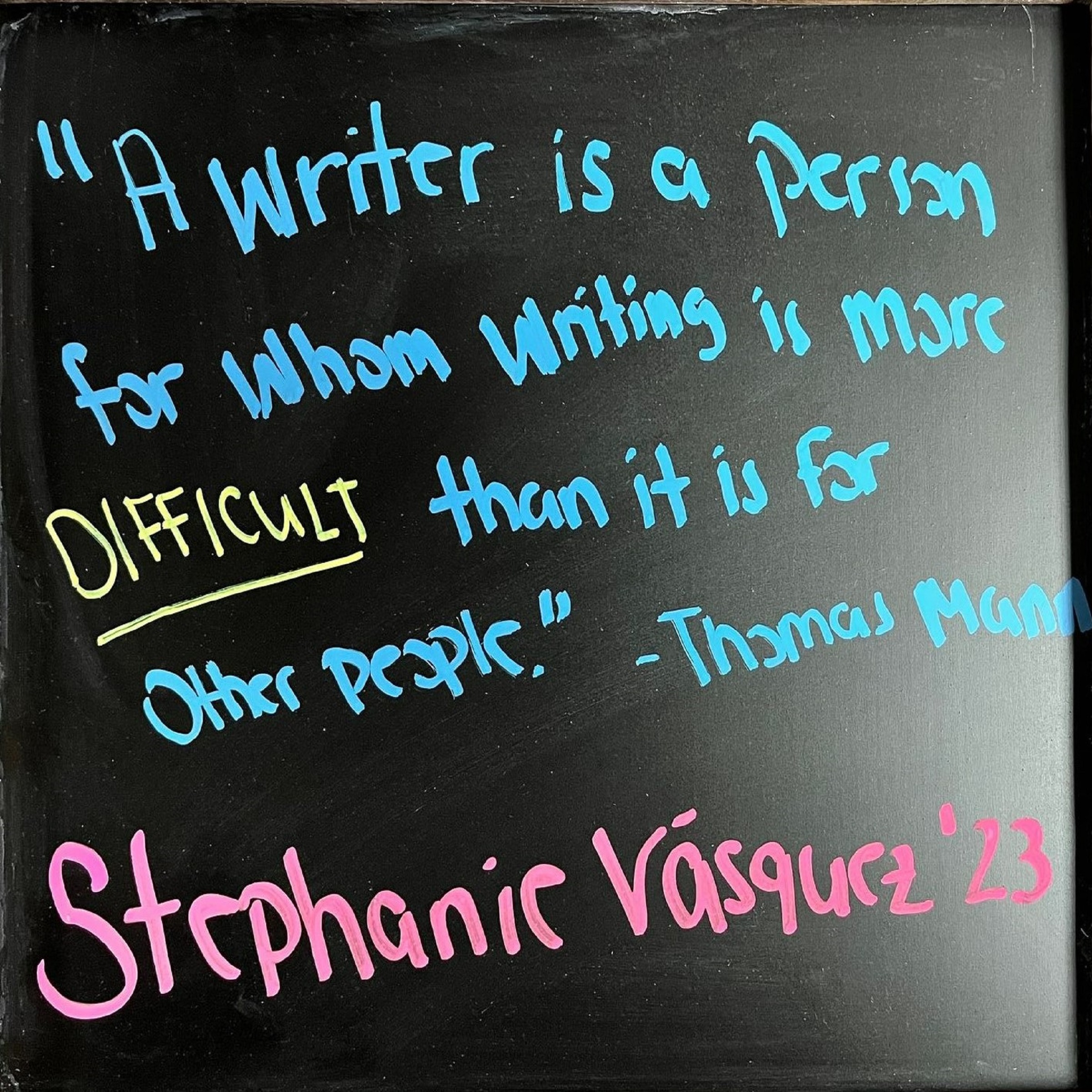
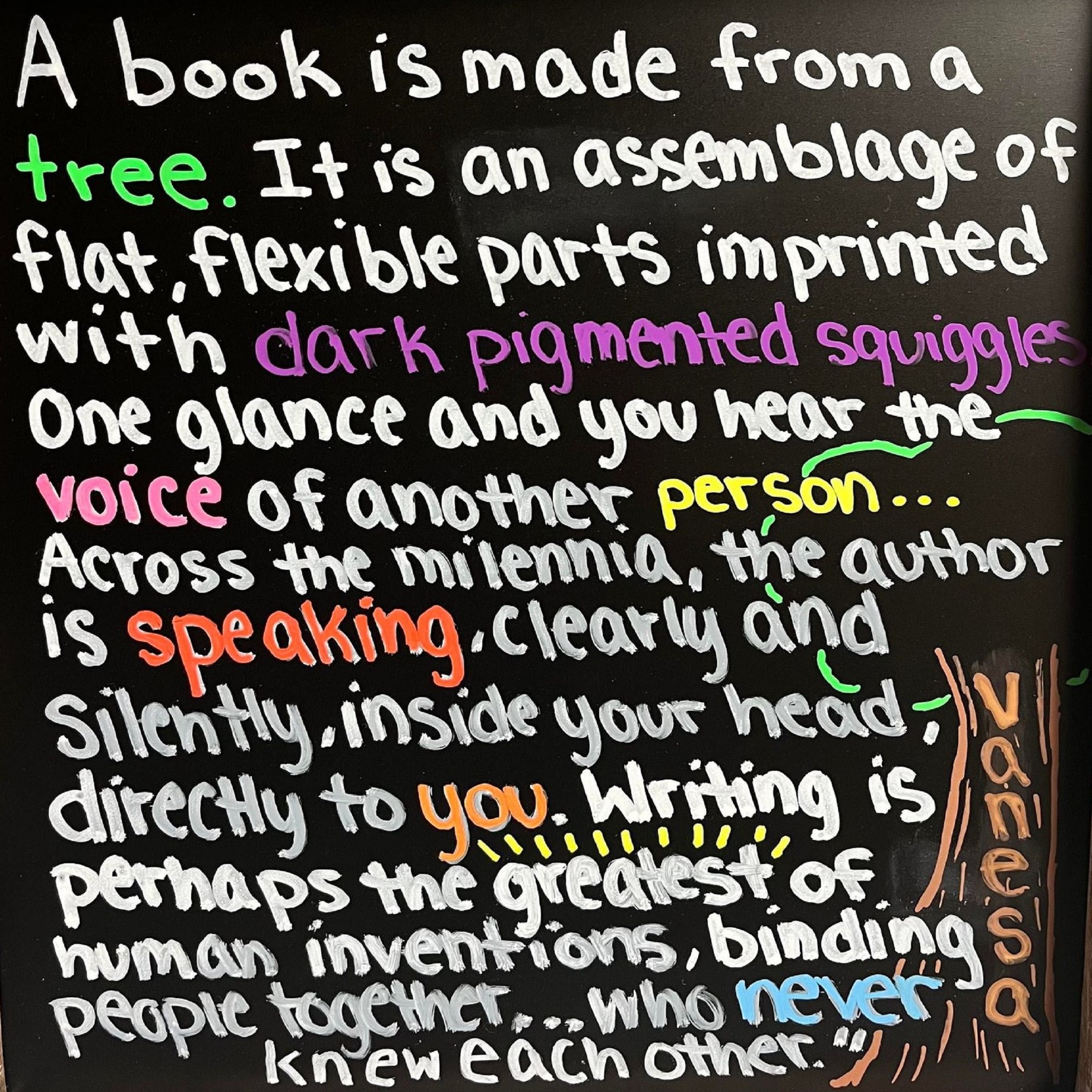




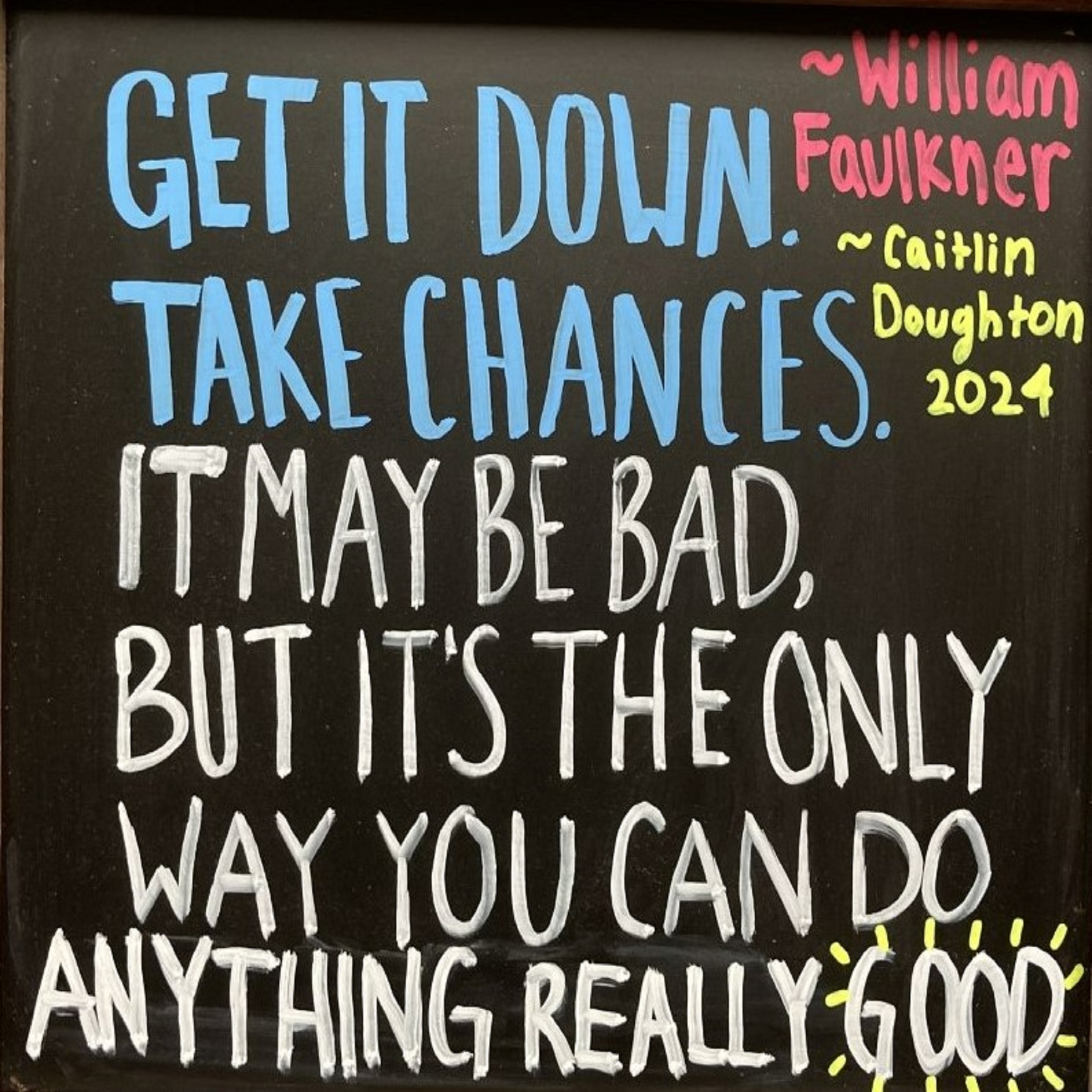
Leave a Reply